An ongoing relationship exists between the past, present and future. The history and culture of Mexican Americans can be seen across the country, in what they do, what they eat, their languages, arts, music and more.
Dr. Santos Ramos, an assistant professor at Grand Valley State University with a focus in Latin American history, received a grant from the W.K. Kellogg Foundation in April of 2022 to expand his research about how Mexican culture has shaped Battle Creek, Mich. This research is collaborative and involved training several community researchers to collect materials from community members, conduct oral history interviews, present to residents and more.
It is work driven by passion Dr. Ramos has for his heritage and hometown community.
Today, the Latine community in Battle Creek is served by a local nonprofit called Voces. But back when Dr. Ramos was growing up in Battle Creek, he didn’t have a place like Voces to connect him to his community, celebrate his heritage and expand his cultural knowledge.
Photo credit: Voces
Dr. Ramos’ experience as a Mexican American, and his desire as a child to have a welcoming cultural space like Voces in his community, have been driving forces in his work to ensure the Mexican culture in Battle Creek is celebrated and elevated.
Dr. Ramos learned from his community participatory research that many Mexicans migrated to Battle Creek as early as the 1800s to find jobs in farming, engineering, railroad, factories and medicine, as well as tractor and truck work for General Motors.
In the 1960s, when migrant workers across the country went on strike for better wages and access to equitable education, the Battle Creek community stood in solidarity by hosting a Mexican Heritage fundraiser to support local farm workers. By 1970, contracts were signed with the United Farm Workers union. Battle Creek saw an increase in Mexicans migrating to the community after the North American Free Trade Agreement was signed in 1994.
“This research is important for me personally because I feel I am carrying on the community work my grandparents – Augustina and Domingo Ramos – performed in Calhoun County throughout their lives,” says Dr. Ramos. “They were dance and mariachi performers and teachers, language instructors, and they participated in the movement for farmworkers’ rights. Their work taught me to value culture and community, and that’s why I thought it was important to have the project include many different voices and media. The eager response from local community members to be involved shows there is great need to continue supporting these kinds of efforts that create spaces of belonging.”
While Battle Creek has done much since the 1960s to introduce and celebrate Mexican culture in the community, there is still more that can be done to advance education and awareness. To further the research, Dr. Ramos is currently working to grow the Masa Center, a community arts and culture nonprofit that provides a safe space for Mexican youth to learn about their history and shared experiences in Battle Creek.
Battle Creek community leader and Studio M owner and dance instructor, Victoria Monique Fox-Ramon, has partnered with the Masa Center to form a Mexican dance group called Grupo de Baile. The group has 20 members, with more young people between the ages of 15 and 20 joining every day. In October, the Grupo de Baile performed a traditional Mexican dance to celebrate Hispanic Heritage Month and teach the community about historic and modern Mexican cultural dances:
With the support of Dr. Ramos and community members, the history of Mexican Americans in Battle Creek lives on through everyday cultural practices of art, research and collaboration.
“Our histories are often left out of official accounts of American and local history. It is vital for our community to mobilize itself to tell our stories for ourselves through music, art, dance, food, writing and other forms of culture.”
Dr. Santos Ramos

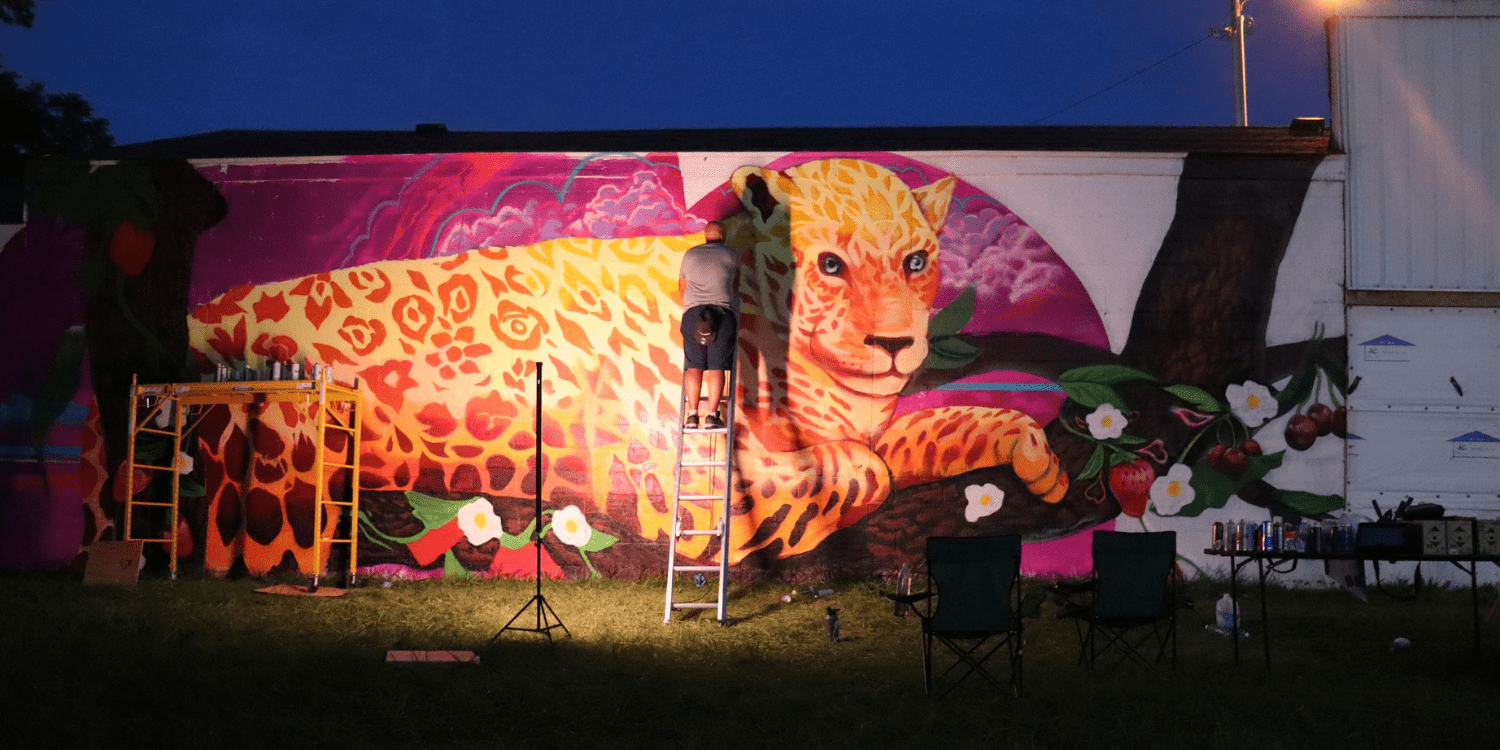
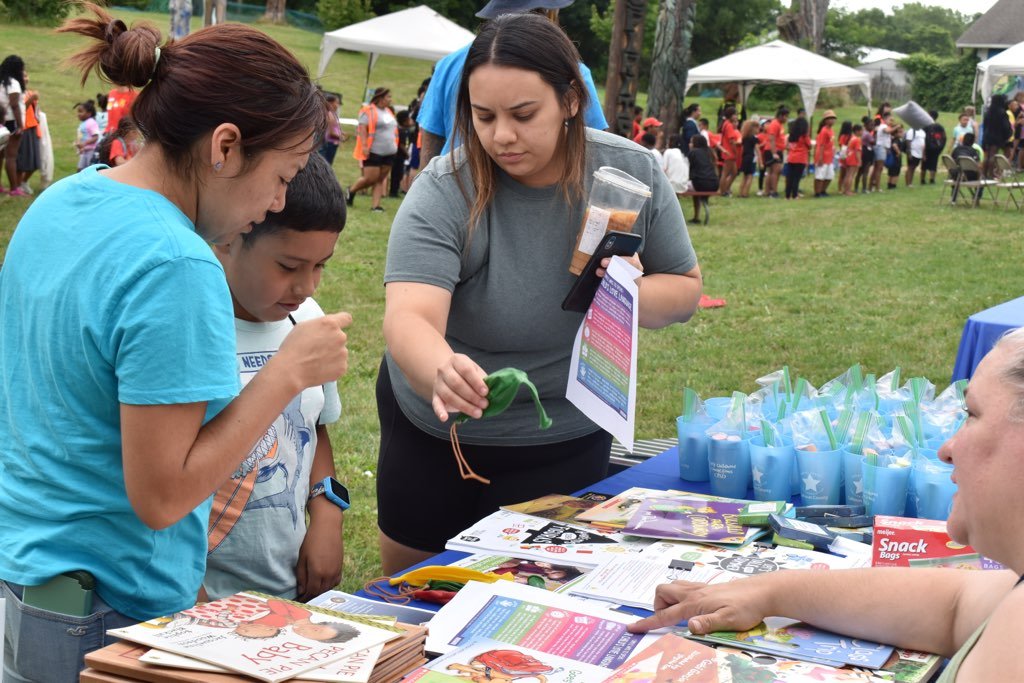
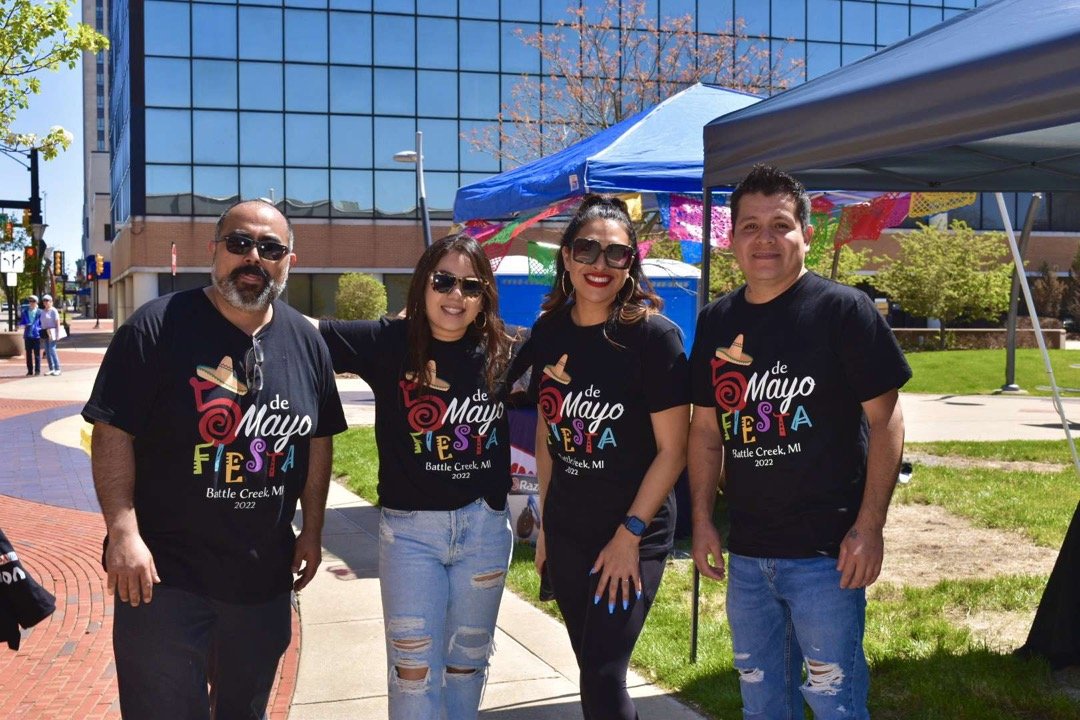


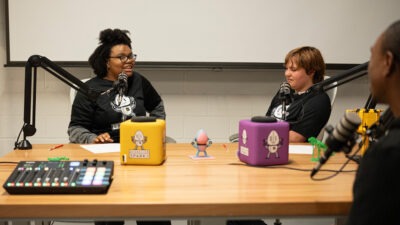
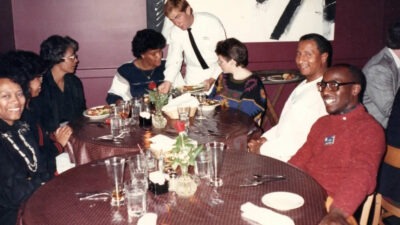
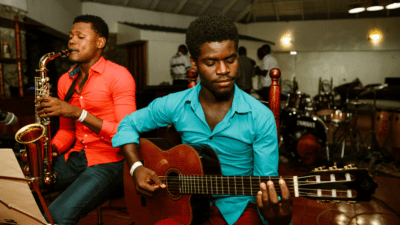

Comments